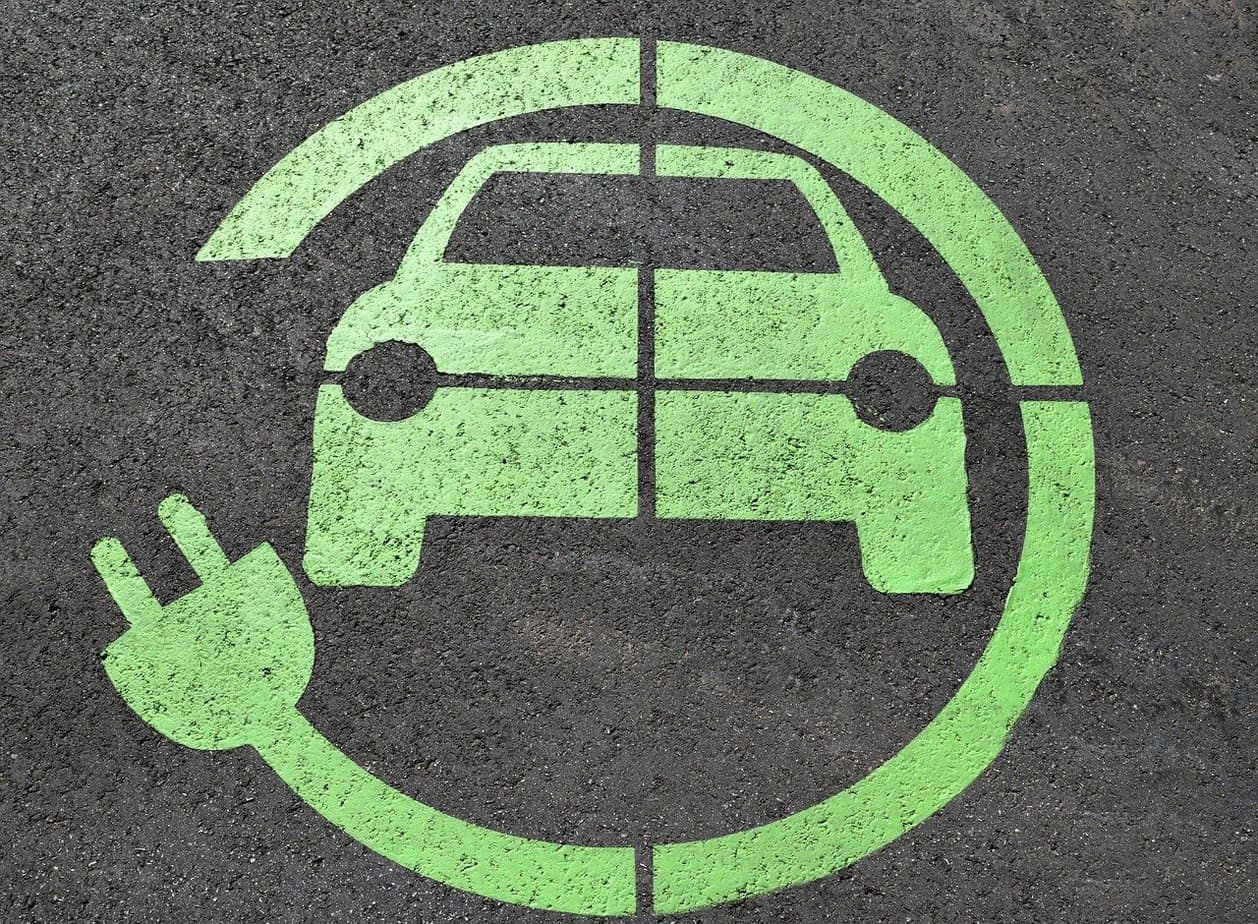
Do electric cars have the potential to be the future of transportation? It is rather a foregone conclusion – but there are a few points of contention that are worth keeping in mind.
Everything points to the fact that in a few years, at most, electric cars will become part of our everyday life. Internal combustion engine cars will be just a memory. Before our eyes, the era of electromobility is growing stronger. In some countries in Europe and around the world (Norway is a great example), residents often decide to buy an electric car – 2019 data shows 42.4 percent of all cars purchased. This number has been increasing year after year, so in 2020 we can expect an even higher result. Importantly, this is not just happening in Norway, but in many other countries around the world.
It is worth emphasizing, however, that the e-mobile world is still several steps away. For now, we are in a “transition phase”. A lot of people are opting for electrics, but more for hybrid cars. CO2 emissions in the latter case are much lower than in the case of combustion vehicles, but they are still present – hence the transition period. Ultimately, cars will not produce pollution. Large automotive corporations must prepare for this – the world’s largest organizations are getting into their skins, regulating CO2 emissions by vehicles of given companies. Over a billion commercial vehicles – each of them to a greater or lesser extent affects the environment. So you can imagine the scale of the problem. Fortunately, we have been trying to combat it effectively for several years now.
Electric cars have a number of advantages, which affect not only the absence of environmental pollution. Many of them are also greater comfort from driving or using the car. Here they are:
These are some of the most important aspects that speak for choosing an electric car. For these features, many choose to buy an e-vehicle.
Unfortunately, the market for electric cars, but also for charging stations, has several unclear issues that are worth mentioning:
However, it is worth noting that each of these negative aspects will no longer exist in 5-10 years. It is estimated that reducing battery charging time to 15 minutes is a matter of several years. Moreover, we will be able to charge our e-vehicle not only at a suitable charging station, but also at home, in housing estates or shopping mall parking lots. In this case, those 15 minutes every night will not be a problem. Battery production is not environmentally friendly, but the battery produced in this way can be recycled and reused. The internal combustion engine does not allow this. Short range is also a problem – but manufacturers are working on bigger and bigger batteries!
As mentioned at the beginning, we are facing a major revolution in transportation. We are talking not only about passenger vehicles, but also about public transport and commercial vehicles. In the future airplanes and ships will also undergo changes. We can already see designs and prototypes of Elon Musk’s electric trucks or zero-emission buses. In the near future transport will become environmentally friendly displacing completely fossil fuel solutions.
(photo: pixabay.com)